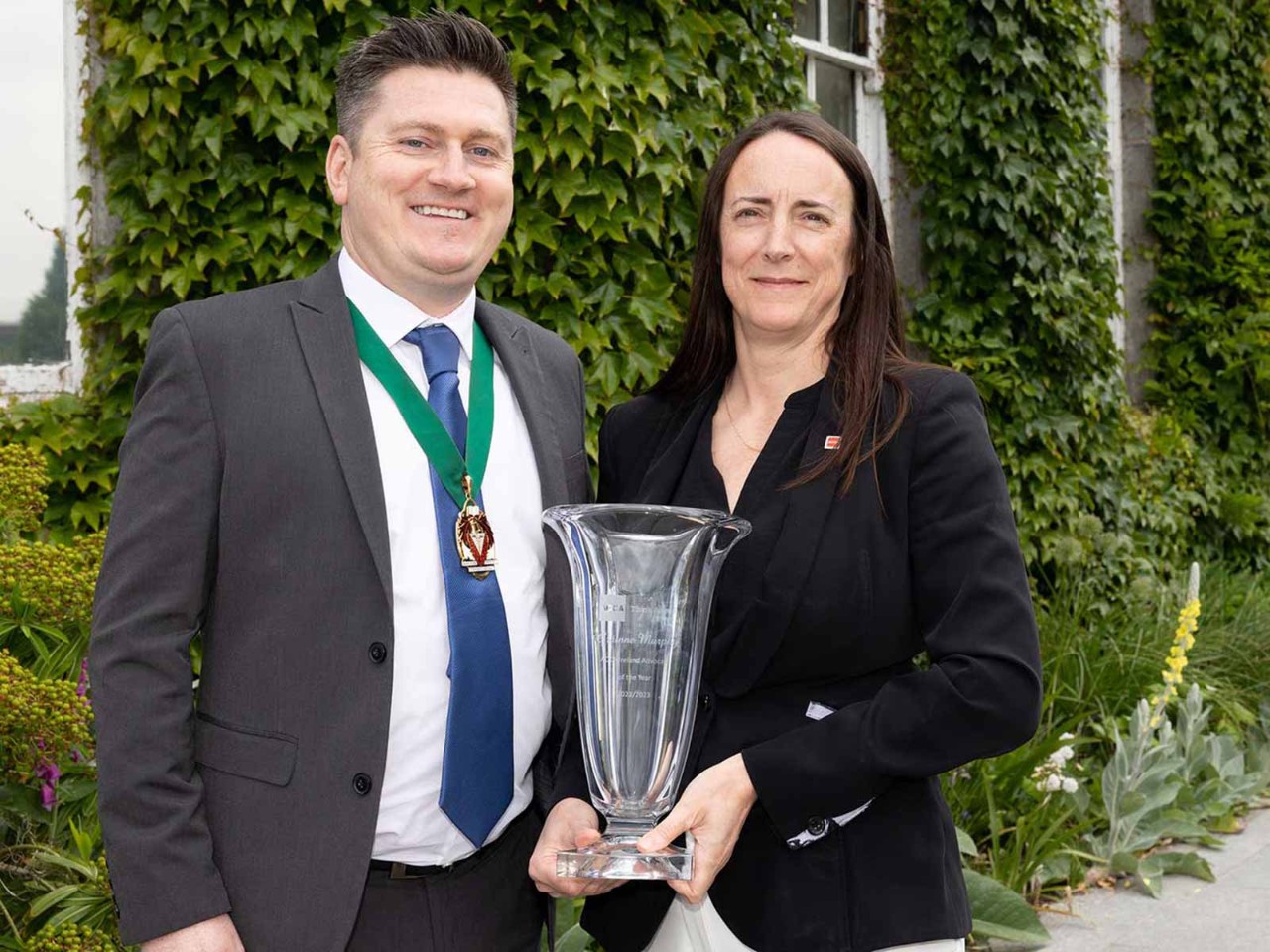
While many doctors may know the curse of friends asking them to ‘just have a look at’ various ailments, we accountants have our own burden to carry. It’s not uncommon for people to find out that I’m an accountant and respond with ‘Ah, I have an accounting question for you.’
These questions only lead to one place: a query about some form of tax. At that point I gently inform them that I’m not that kind of accountant, and that if they ever have a question about IFRS Standards, I will be their man. So far, they are yet to respond.
The OECD rules put further strain on the sometimes maligned rules around deferred tax in IAS 12
Yet every now and then, the tax and financial reporting worlds collide, like some kind of accounting solar eclipse. Now is one of those moments.
In 2021, the OECD undertook a reform to the international tax system to address challenges from a digital economy. A key part of this reform were the Pillar Two model rules. The Pillar Two rules don’t apply to anyone with no foreign presence or who has less than €750m consolidated revenues, and are designed to ensure that multinational enterprises (MNEs) will be subject to a 15% minimum tax rate, effective from 2024.
Taxpayers in scope of the rules will calculate their effective tax rate for each jurisdiction where they operate, and pay top-up tax for the difference between their effective tax rate per jurisdiction and the 15% minimum tax rate. The resulting top-up tax is generally charged in the jurisdiction of the ultimate parent of the MNE.
Increased strain
The aims of the OECD have been met with widespread approval, with more than 135 countries and jurisdictions agreeing to the rules. While the aim is indeed clearly a good one, this puts further strain on the sometimes maligned rules around deferred tax in IAS 12. Notable concerns include whether an entity would be required to re-measure deferred taxes to reflect potential top-up tax payable, and which tax rate to use to measure deferred taxes.
Due to the obvious complexity in the application of this new system, the concerns are that the accounting treatment for this could lead to a diversity of accounting for this in terms of deferred tax.
Companies will be required to provide further disclosures relating to the Pillar Two rules
The imminent implementation of the tax rules meant that the International Accounting Standards Board (IASB) was required to act quickly, issuing an Exposure Draft in January and requiring comments to be made by 10 March. This has now resulted in changes being made to IAS 12.
Temporary exception
The IASB is proposing a mandatory temporary exception in respect of deferred tax arising from the Pillar Two rules. In the revised standard, an entity applying this exception should neither recognise nor disclose information about deferred tax assets and liabilities rated to Pillar Two income taxes. Entities must also state that this exception has been applied.
This temporary exception has no timeline on it, with the IASB stating it will continue to monitor developments relating to the Pillar Two rules before determining whether to remove this temporary exception or make it permanent.
In addition to this, entities will be required to separately disclose their current tax expense (or income) relating to Pillar Two income taxes.
While this exception is in place, companies will be required to provide further disclosures relating to the Pillar Two rules. Entities will have to disclose information that helps users understand the exposure to Pillar Two income taxes, including any known or reasonable estimable qualitative and quantitative information about its exposure at the end of the reporting period. If information is not known or reasonably estimable, the entity should disclose information about the progress made in assessing its exposure to Pillar Two income taxes.
It wouldn’t be a surprise to see this temporary exception become something a lot more permanent
While the new rules may not affect as many SMEs, these changes have been mainly mirrored in the income tax section of the IFRS for SMEs standard. The mandatory temporary exception will be in place here as well as in IAS 12. Also in existence will be the requirement to disclose the current tax expense in relation to Pillar Two income taxes.
Too many issues
Overall, the new tax rules are very much more likely to create more of a current tax issue than a deferred tax issue for now. There are simply too many issues to consider for the IASB to put some deferred tax rules in place yet, and it wouldn’t be a surprise to see this temporary exception become something a lot more permanent.
Sadly, the complexities of deferred tax implementation are not likely to be something you are able to bring up at parties. For the financial reporting nerds among us, we’re still likely to have to resort to disappointing those friends who have accounting questions for us.
Watch and learn
See Adam Deller’s ‘back-to-basics’ series of short videos on IFRS Standards



